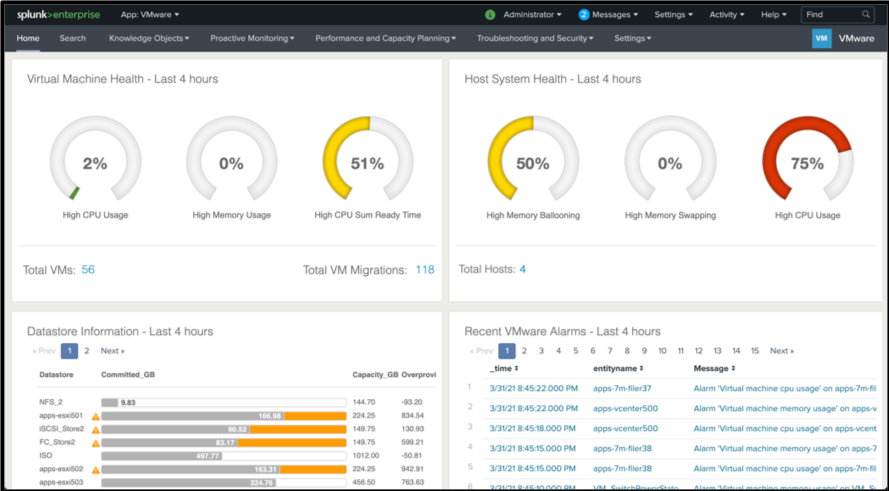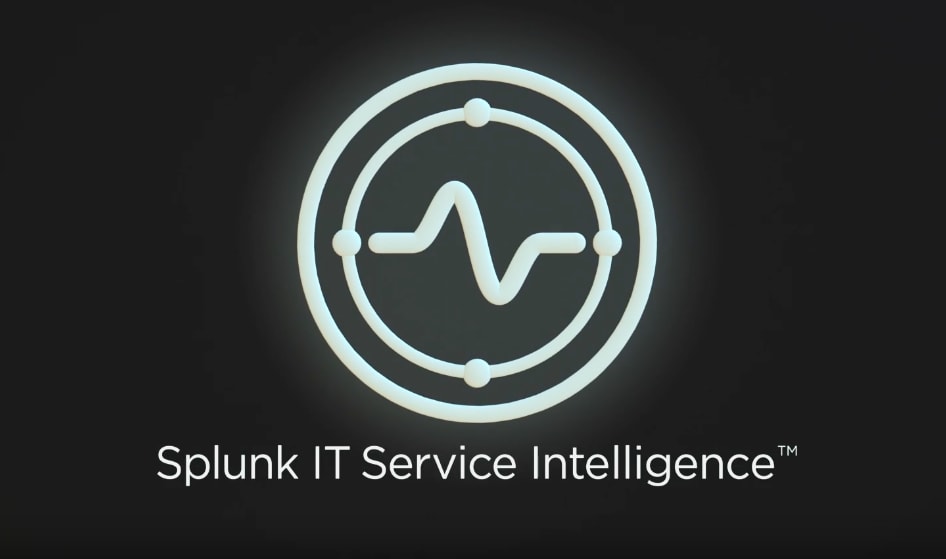Why You Should Migrate from Legacy Apps to IT Essentials Work

 If you were using the Splunk App for Infrastructure (SAI) and / or other Splunk apps for infrastructure — *nix, Windows, and VMware — you’ve probably enjoyed the ease and quickness these apps offered to get started with basic infrastructure monitoring tasks. These apps have helped many of our customers embrace Splunk when it comes to monitoring hosts, alerting on critical metrics, grouping hosts for better visibility, and correlating host metrics with log data for faster investigations. We understand change is never easy, but trust us when we say, migrating from these legacy apps and adopting the new Splunk IT Essentials Work (ITE Work) app will be both worthwhile and beneficial.
If you were using the Splunk App for Infrastructure (SAI) and / or other Splunk apps for infrastructure — *nix, Windows, and VMware — you’ve probably enjoyed the ease and quickness these apps offered to get started with basic infrastructure monitoring tasks. These apps have helped many of our customers embrace Splunk when it comes to monitoring hosts, alerting on critical metrics, grouping hosts for better visibility, and correlating host metrics with log data for faster investigations. We understand change is never easy, but trust us when we say, migrating from these legacy apps and adopting the new Splunk IT Essentials Work (ITE Work) app will be both worthwhile and beneficial.
Consolidated and Extensible Experience
We recently sent out an End of Sale email announcement to some users, but it’s important to note that this does not mean End of Support. Splunk will provide support to users of all legacy Splunk apps for infrastructure for two years after the last update. We know there are a lot of fans of these apps, and that’s why we’re excited to have you start using IT Essentials Work (ITE Work) with more flexibility in content updates, and a consolidated user experience. Here are three reasons why
- Tools consolidation: Legacy Splunk apps were built by different teams at different times, each with a different user experience. IT Essentials Work addresses these mini silos by consolidating all the apps into a single, centralized view — helping reduce context switching.
- Cloud-like content updates (even on-prem): Instead of updating several different apps, you now only have to manage one app, Splunk App for Content Packs, to ensure all your infrastructure monitoring needs are up to date. While this migration will happen in phases, we will push more out-of-the-box content to ITE Work every four to six weeks. If you aren’t sure whether or not this migration is right for you, your legacy apps are still supported, and we’ve prioritized the content migration based on applications with the nearest End of Support date (see timeline below). Please contact your account team with any questions.


- Seamless upgrades: Just like our legacy apps for infrastructure, ITE Work is intended as an easy first step on your journey towards IT modernization. Unlike our legacy apps for infrastructure, when your organization is ready to adopt more advanced use cases like service insights and event analytics, you are able to take your hard work with you, because ITE Work is built on Splunk IT Service Intelligence (ITSI) codebase.

ITE Work is now available for both cloud and on-prem customers, and we are consolidating dashboards and reports for the following applications:
- Splunk App for VMware (premium paid app)
- Splunk App for Infrastructure (SAI)
- Splunk App for Exchange (premium paid app)
- Splunk App for AWS (free app)
- Splunk App for Unix and Linux (free app)
- Splunk App for NetApp (free app)
- Splunk App for Windows Infrastructure (free app)
To learn more about all the free apps, refer to a previous blog post, "IT Essentials Work: A Centralized App for All Things ITOps." If you use one or more of the apps I mentioned above, contact your account team to see if ITE Work is right for you.
This blog post was co-authored by Thomas Booth and Subu Baskaran.
Related Articles
About Splunk
The world’s leading organizations rely on Splunk, a Cisco company, to continuously strengthen digital resilience with our unified security and observability platform, powered by industry-leading AI.
Our customers trust Splunk’s award-winning security and observability solutions to secure and improve the reliability of their complex digital environments, at any scale.




